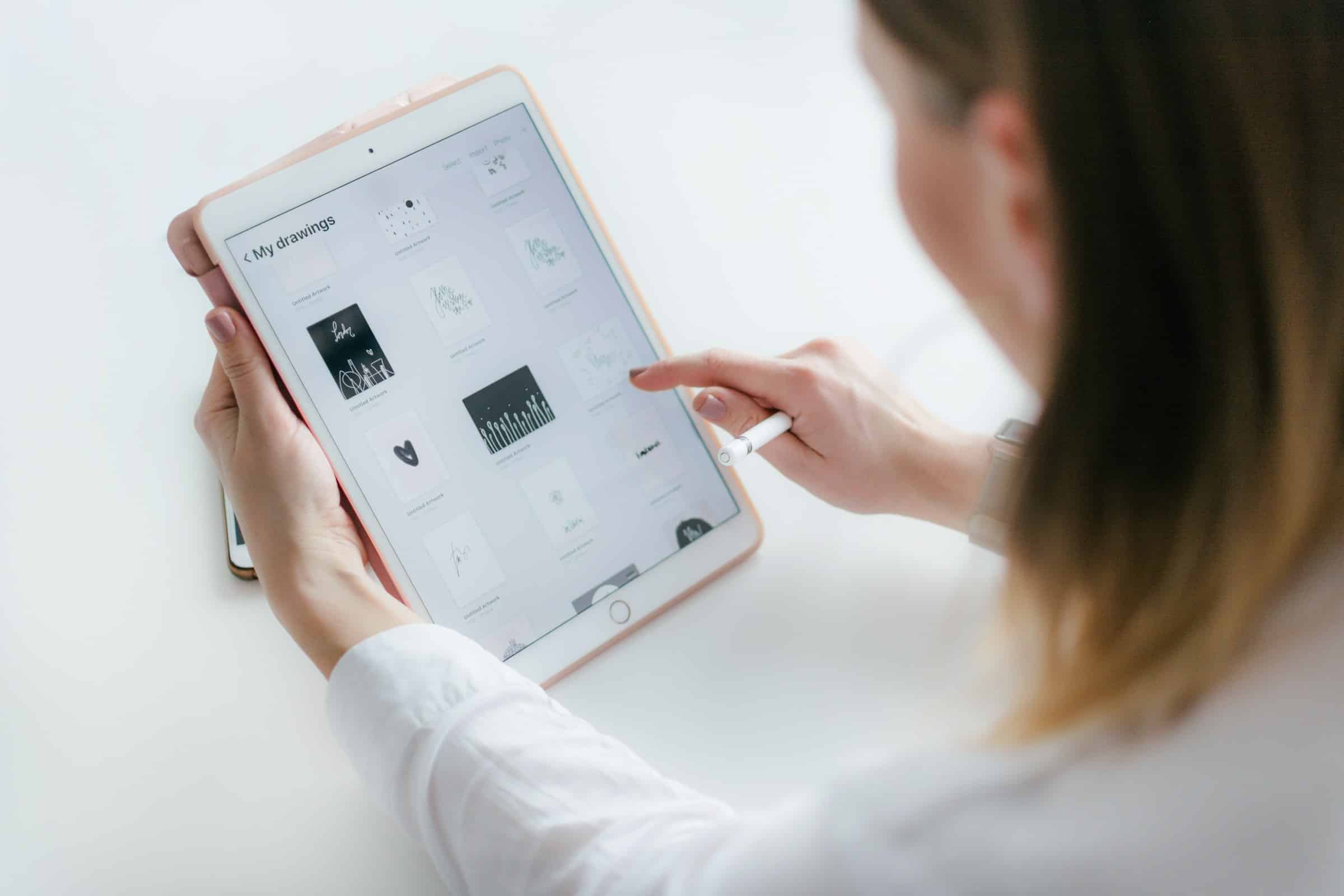
What Are the Techniques to Enhance Battery Life on Your Tablet During Intensive Use?
Tablets such as the iPad and various Android devices have become indispensable tools in our daily lives. Their large screens make them perfect for streaming, gaming, and working on-the-go. However, intensive use can lead to rapid battery drain, leaving you scrambling for a power source. Understanding how to enhance the battery life of your tablet during such use can help you stay productive and entertained for longer periods. In this article, we will explore several techniques to keep your battery healthy and extend battery life on your tablet.
Understanding Battery Basics and Health
Before diving into specific methods to extend your tablet’s battery life, it's essential to understand the basics of how your battery works and what affects its health. Most modern tablets, including the iPad Air and various Android models, use lithium-ion batteries. These batteries are known for their efficiency and long lifespan, but they are not immune to wear and tear.
Avez-vous vu cela : How Can You Use Your Tablet for Effective Digital Note-Taking in Meetings?
The health of your tablet's battery can be influenced by various factors including charging habits, temperature, and usage patterns. Regularly exposing your device to high temperatures or frequently charging it to 100% can degrade the battery health over time. To keep your battery healthy, aim to keep your charge between 20% and 80% and avoid exposing your device to extreme temperatures.
Moreover, understanding how your apps and settings influence battery consumption can help you make informed choices that save battery life. Apps running in the background, high screen brightness, and constant connectivity can all contribute to faster battery drain. By learning to manage these factors, you can keep your tablet running longer even during intensive use.
A lire aussi : What Are the Steps to Set Up a Smart Lock System Controlled by Your Smartphone?
Optimize Your Settings for Maximum Battery Efficiency
Your tablet comes with a range of settings that, when optimized, can significantly enhance battery life. One of the first steps you should take is to adjust your screen brightness. The display is one of the most power-hungry components of your device, and reducing brightness can help keep your battery healthy. You can either manually lower the brightness or enable auto-brightness, which adjusts the screen brightness based on ambient light conditions.
Another effective technique is to enable battery saver mode. This setting, available on both iPad and Android devices, reduces background activity, limits some high-drain features, and can help extend your battery life during intensive use. On an iPad, you can find this under Settings > Battery > Low Power Mode, while on Android, it’s under Settings > Battery > Battery Saver.
Turning off unnecessary connections such as Bluetooth, Wi-Fi, and GPS when they are not in use can also extend battery life. Many apps access these features in the background, causing your battery to drain faster. By disabling these connections when not needed, you can significantly reduce power consumption.
Additionally, adjusting your app settings can help. Many apps refresh content in the background, consuming power even when you’re not actively using them. On your iPad, go to Settings > General > Background App Refresh and on Android, navigate to Settings > Apps & notifications > See all apps > (select app) > Battery > Background restriction. Restricting this background activity can help keep your battery healthy.
Managing Apps and Background Processes
Apps are essential to the functionality of your tablet, but they can also be a significant source of battery drain. Managing how your apps operate can help you extend battery life, especially during intensive use.
First, regularly check which apps are consuming the most power. Both iOS and Android devices offer built-in tools to monitor battery usage. On an iPad, go to Settings > Battery to see a detailed breakdown of battery usage by app. On Android, go to Settings > Battery > Battery usage. Identifying power-hungry apps can help you make decisions about which apps to limit or uninstall.
Next, consider updating your apps regularly. App developers frequently release updates that include bug fixes and optimizations to improve battery efficiency. Keeping your apps up-to-date ensures that you benefit from these improvements.
Closing apps that you are not using can also help save battery life. While it's a common belief that swiping away apps from the recent list saves power, this is not always the case. Instead, focus on closing apps that are actively draining your battery or that you rarely use.
Another helpful strategy is to use battery saver or eco modes within specific apps. Some apps, particularly those that are resource-intensive like games or streaming services, offer settings to reduce battery consumption. Look for these options within the app’s settings menu and enable them to maximize your tablet's battery efficiency.
Effective Charging Practices
How you charge your tablet can have a significant impact on your battery's lifespan and performance. Adopting effective charging practices can help you extend battery life and keep your battery healthy for longer.
One important tip is to avoid charging your tablet to 100% all the time. Constantly charging to full capacity can put stress on your lithium-ion battery. Instead, aim to keep your charge between 20% and 80%. This range helps reduce the wear on your battery and prolongs its lifespan.
Additionally, avoid using your tablet while it is charging. Intensive use while charging can cause your device to overheat, which can degrade the battery health over time. If you need to use your tablet, try to limit high-drain activities like gaming or streaming.
Using the appropriate charger for your device is also crucial. Mismatched chargers can deliver the wrong voltage, potentially damaging your battery. Always use the charger provided by the manufacturer or a certified alternative to ensure safe and efficient charging.
Fast charging is a convenient feature found on many modern tablets, but it should be used sparingly. Fast charging generates more heat, which can accelerate battery wear. Use fast charging only when necessary and opt for slower, regular charging when possible.
Leveraging Software Updates and Maintenance
Keeping your tablet’s software up-to-date is not just about accessing the latest features and security patches; it’s also about maintaining optimal battery performance. Software updates often include improvements and optimizations that can enhance battery efficiency.
Make sure your device is running the latest operating system. On an iPad, go to Settings > General > Software Update to check for updates. For Android devices, go to Settings > System > Advanced > System update. Regularly updating your device ensures that you benefit from the latest battery-saving technologies and bug fixes.
Moreover, periodically restarting your tablet can help. Restarting clears temporary system cache and can resolve minor software issues that may be causing battery drain. It’s a simple yet effective way to maintain your tablet’s performance and battery life.
Lastly, consider performing a factory reset if you notice significant battery degradation that cannot be resolved through other means. A factory reset will restore your tablet to its original settings, potentially resolving any underlying software issues. However, it’s a drastic measure and should be done only after backing up your data and trying other solutions.
Enhancing the battery life of your tablet during intensive use is not just about tweaking a few settings; it's about adopting a comprehensive approach that includes understanding your battery, optimizing settings, managing apps, practicing effective charging, and leveraging software updates. By implementing these techniques, you can keep your tablet running efficiently and extend the lifespan of your battery.
Remember, keeping your battery healthy is essential for getting the most out of your device. By making small adjustments and being mindful of how you use and charge your tablet, you can significantly extend battery life and enjoy a more reliable and long-lasting device. Whether you are using an iPad Air, an Android tablet, or another model, these strategies can help you maximize your tablet’s battery performance, ensuring that you stay powered up when it matters most.
